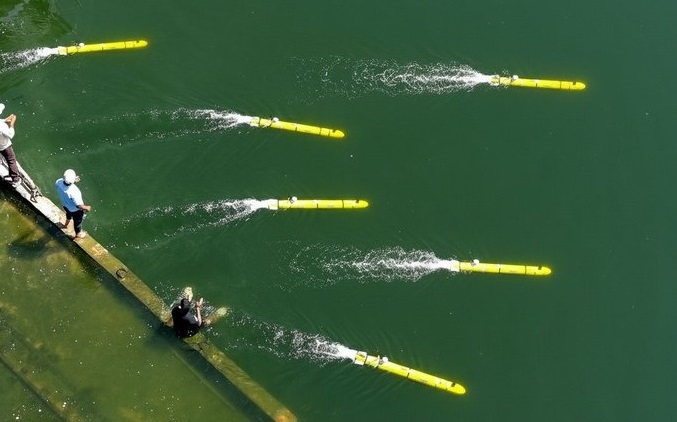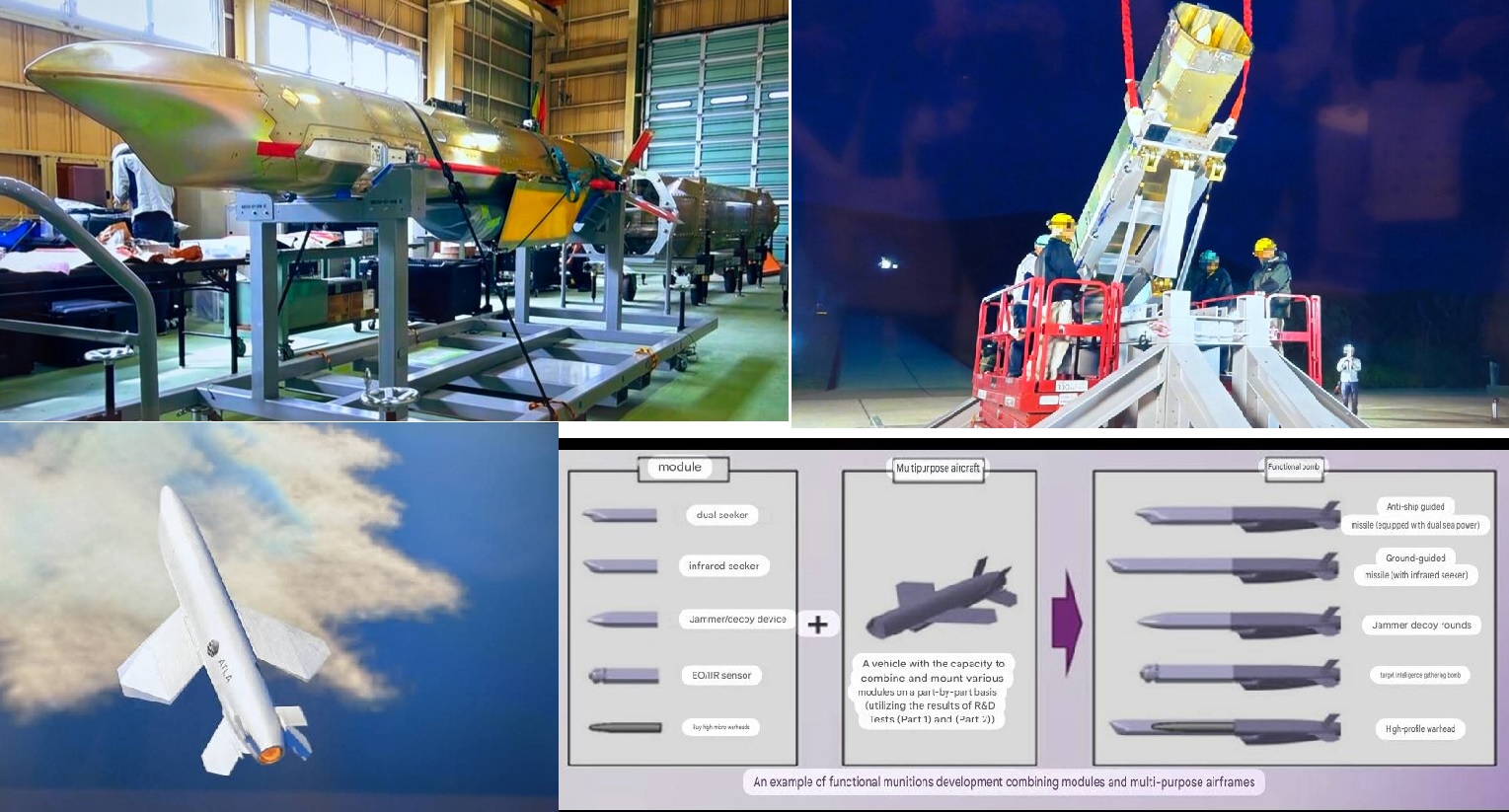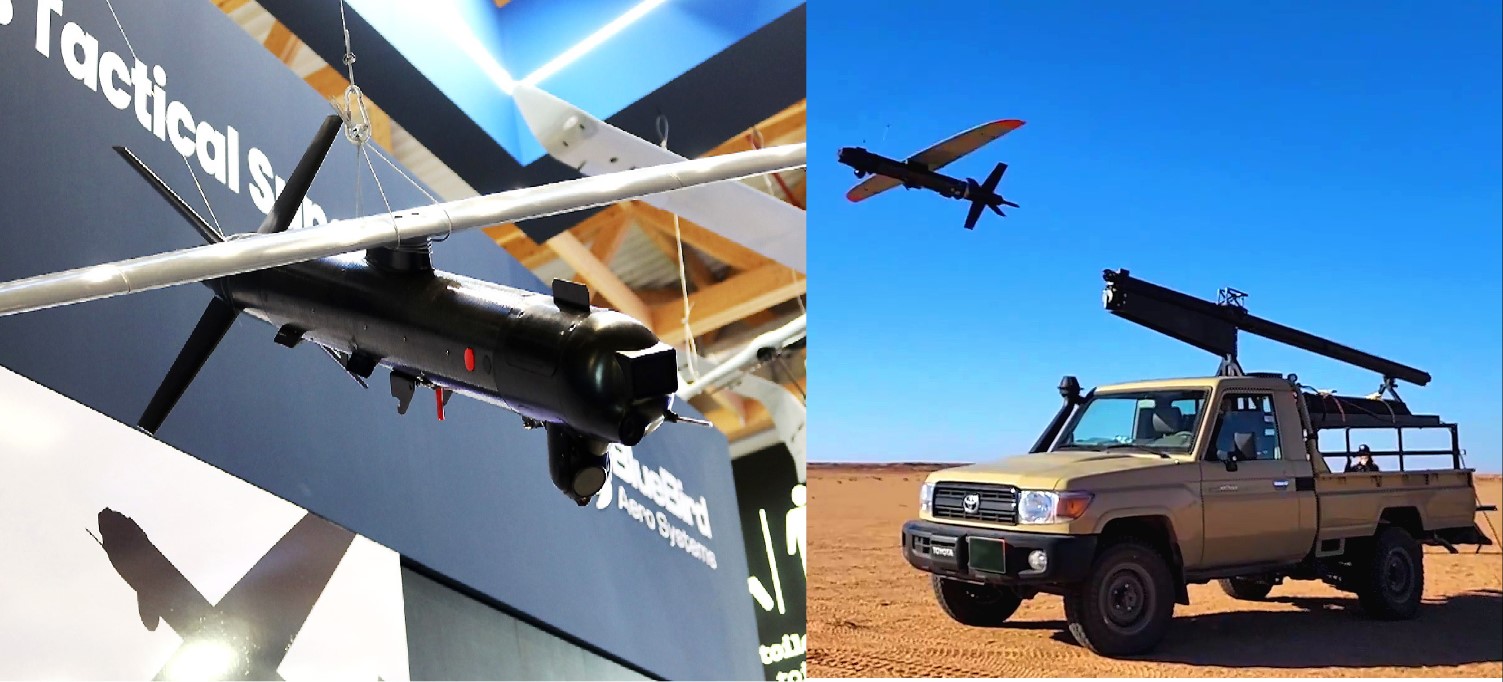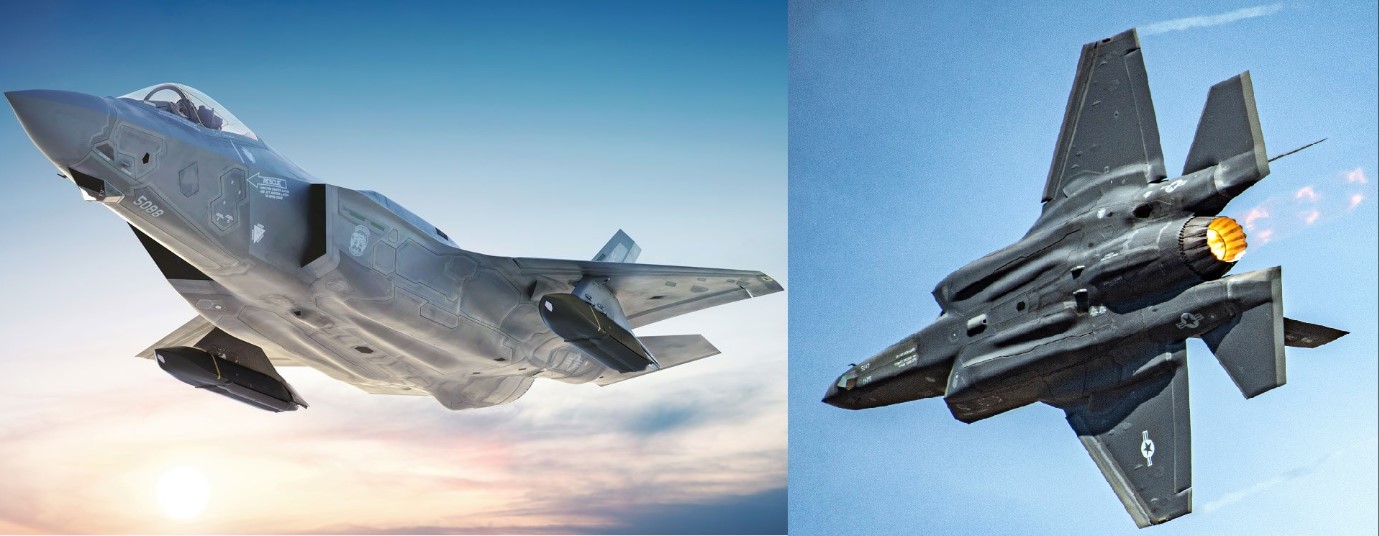Leidos Australia and Kongsberg Sign MOU to Arm Unmanned Vessels With Naval Strike Missiles
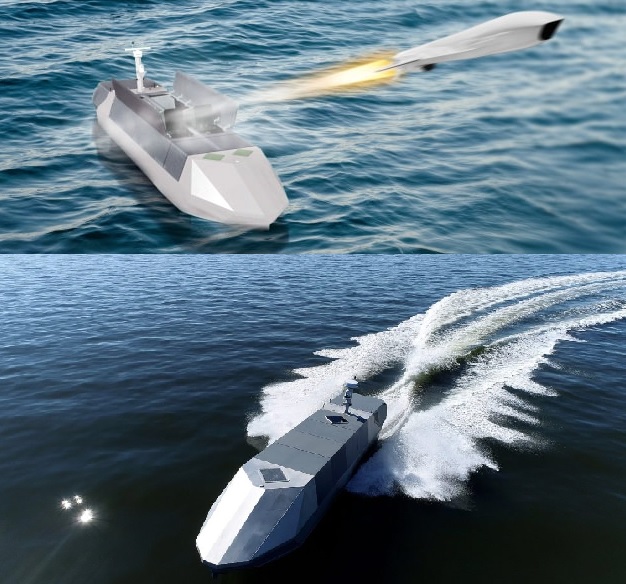
At the Indo Pacific 2025 International Maritime Exposition in Sydney, Leidos Australia and Kongsberg Defence & Aerospace signed a Memorandum of Understanding (MoU) aimed at exploring the integration of the Naval Strike Missile (NSM) onto Leidos’s Sea Archer and Long Bow unmanned surface vessels.
The agreement marks a significant step toward enabling an autonomous, long-range maritime strike capability for the Royal Australian Navy (RAN).
A New Vision for Distributed Maritime Strike
The proof-of-concept presented by both companies shows how pairing the NSM with the Sea Archer and Long Bow could broaden Australia’s anti-ship options. The unmanned platforms, designed for high-risk missions and rapid deployment, are seen as a future force multiplier that could operate alongside Australia’s manned fleet.
Leidos Australia Chief Executive Paul Chase described the agreement as a crucial move for Australia’s future strike capabilities, noting:
“This MOU represents a significant step forward in exploring a mission-ready, sovereign maritime strike capability for Australia.”
Building on an Expanding Missile Ecosystem
Australia is no stranger to the Naval Strike Missile. The system entered service with the Royal Australian Navy in 2024, replacing the aging Harpoon across several platforms. The NSM is already operational—or being integrated—on:
-
Anzac-class frigates
-
Hobart-class air warfare destroyers
-
The upcoming Hunter-class frigates
Bringing the NSM to unmanned vessels would mark a major evolution. Instead of relying solely on large manned ships, Australia could disperse its strike capability across numerous autonomous craft, complicating enemy targeting and extending coverage deep into contested waters.
Sea Archer and Longbow: The New Strike Carriers
Leidos’s Sea Archer USV has been under testing with the U.S. Marine Corps, demonstrating high-speed, long-endurance, AI-enabled operations. Built in Australia, the vessel features:
-
40-knot top speed
-
1,500-nautical-mile range
-
Over 900 kg payload capacity
-
A battle management system supported by onboard AI
Its larger counterpart, Longbow, expands these limits with:
-
3,000 kg payload capacity
-
Up to 2,750 nautical miles of range
Both are part of Leidos’s push toward a scalable family of unmanned vessels capable of reconnaissance, logistics, strike missions, and electronic warfare.
If integrated with NSM launchers, these platforms could operate as autonomous hunter-killers, scout-and-launch units, or dispersed strike nodes feeding into a networked Australian maritime force.
NSM: A Compact, Lethal Maritime Weapon
Kongsberg’s Naval Strike Missile is considered one of the most capable subsonic anti-ship missiles in service today. With stealth shaping, autonomous target recognition, and the ability to fly sea-skimming profiles, it is designed to penetrate layered defenses and strike ships or coastal targets with high precision.
Weighing 407 kg and measuring just under four meters, the missile is compact enough to fit onto a variety of platforms—including USVs.
Already chosen by 14 nations, including the United States, United Kingdom, Poland, Norway, and Canada, the NSM has rapidly become a NATO standard for anti-ship operations.
Last year, the Royal Australian Navy successfully launched an NSM from HMAS Sydney, demonstrating its readiness to expand its strike reach.
Toward a Distributed, Autonomous Strike Force
For Australia, this MoU is more than a technical study—it is a glimpse into the navy’s future operating concept.
As tensions in the Indo-Pacific continue to rise, defense planners are increasingly turning to distributed maritime operations to reduce vulnerability and increase resilience. Arming unmanned vessels with long-range precision weapons could allow Australia to:
-
Saturate dangerous waters with autonomous strike nodes
-
Disperse firepower across hundreds of kilometers
-
Conduct high-risk missions without exposing sailors
-
Rapidly scale missile capacity during crises
If adopted, the Sea Archer and Longbow could eventually operate in swarms, patrolling choke points, escorting convoys, or shadowing adversary fleets with persistent sensors and ready-to-fire weapons.
Australia would join the small but growing group of nations preparing to field missile-armed maritime drones, marking one of the most significant shifts in naval warfare since the introduction of the cruise missile.
The MoU signed in Sydney is only the first step—but it signals a future where Australian waters may be guarded not only by frigates and destroyers, but by silent, fast, AI-driven vessels armed with some of the world’s deadliest anti-ship missiles.
✍️ This article is written by the team of The Defense News.
